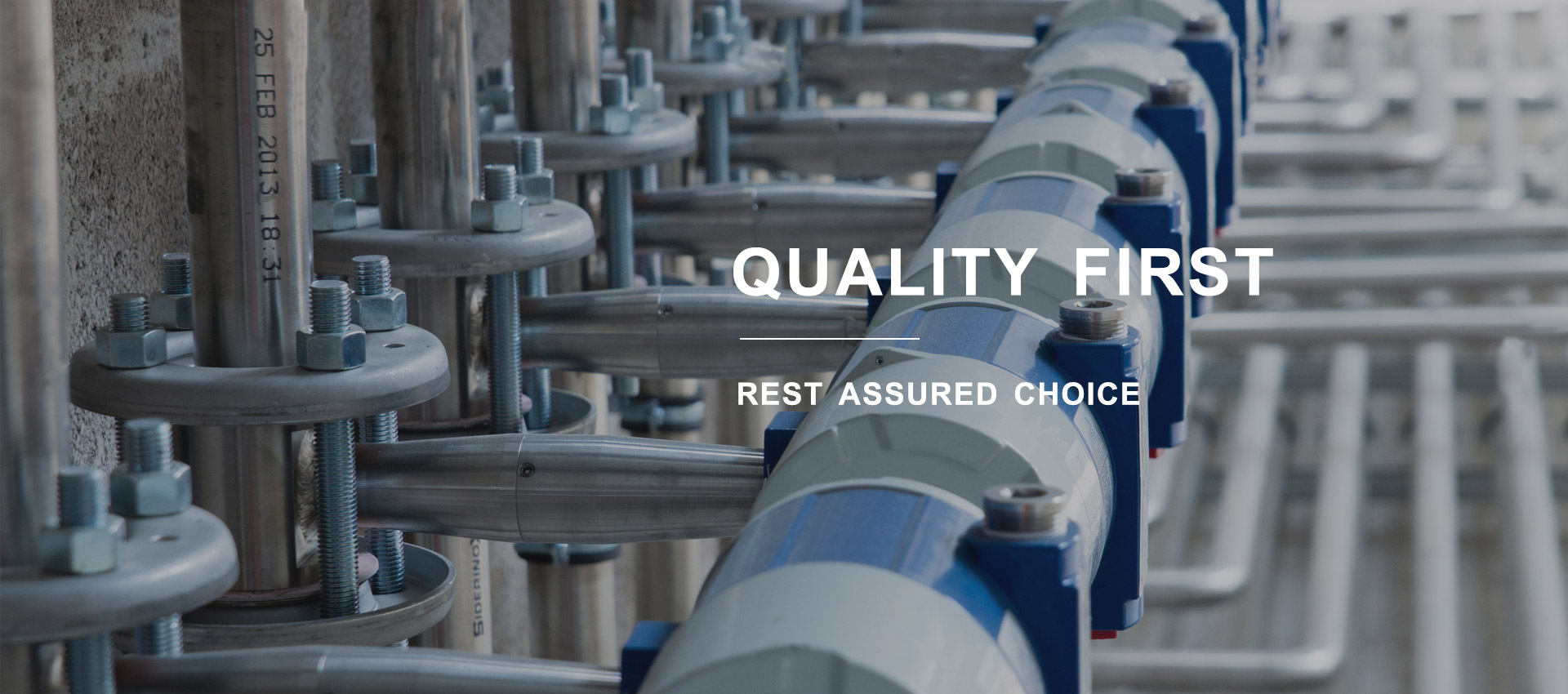nov . 25, 2024 11:59 Back to list
Exploring Various Dimensions and Characteristics of All Thread Sizes for Optimal Fit
Understanding All Thread Sizes A Comprehensive Guide
In the world of manufacturing, construction, and engineering, the specifications of components are crucial for ensuring the integrity and performance of structures and devices. One such specification that often comes into play is thread size, particularly all thread sizes. All threads, also referred to as fully threaded rods or bars, are extensively used in a variety of applications, from simple furniture assembly to complex industrial machinery. In this article, we will delve into what all thread sizes entail, their measurements, and their applications.
What Are All Thread Sizes?
All thread sizes refer to the various dimensions and specifications of a fully threaded rod. These rods are designed to be used with nuts and are characterized by their continuous thread along their entire length, which allows them to be used in a multitude of fastening applications. The dimensions of threaded rods include their diameter, pitch (the distance between the threads), and length. Commonly used materials for all threads include steel, stainless steel, and various alloys, which are selected based on the required strength and corrosion resistance for specific applications.
Measuring Thread Sizes
Thread sizes are typically categorized using a combination of numbers or letter codes that indicate the diameter and thread pitch. For instance, in the Unified Thread Standard (UTS) used in the U.S., the size designation may be expressed as 1/4-20, where 1/4 indicates the diameter in inches, and 20 indicates that there are 20 threads per inch (TPI). In metric measurements, a size might be indicated as M6x1, meaning a 6 mm diameter with a 1 mm pitch.
allthread sizes

Understanding how to measure and identify different thread sizes is essential for ensuring compatibility and effectiveness. Tools such as calipers, thread gauges, and micrometers are commonly used to measure the dimensions accurately. Furthermore, manufacturers often provide detailed specifications that outline the thread sizes available for their products, which is an essential reference for engineers and designers.
Common Sizes and Applications
There are a variety of all thread sizes, with some of the most common being 1/4, 3/8, and 1/2 in the U.S. standard, and M5, M6, and M8 in the metric system. The choice of thread size will largely depend on the application at hand. For example, heavier structures may require thicker rods with larger diameters, while lighter assemblies can function effectively with smaller threads.
The versatility of all threads means they find application in numerous fields. In construction, they are often utilized for securing beams, anchoring structural components, and providing stability to frameworks. In manufacturing, they are instrumental in assembling machinery, holding parts together, and enabling precise adjustments. Additionally, all thread sizes are applicable in DIY projects, automotive repairs, and even in the field of arts and crafts.
Conclusion
In conclusion, understanding all thread sizes is a fundamental aspect of various engineering and construction disciplines. Knowledge of the appropriate dimension, pitch, and material can determine the success and longevity of a project. As industries evolve, the demand for reliable and robust fastening solutions continues to grow, highlighting the importance of fully threaded rods in modern applications. Whether you are a seasoned engineer or a DIY enthusiast, recognizing the significance of thread sizes will empower you to make informed decisions that enhance the quality and safety of your work. Embracing this knowledge not only ensures effective implementations but also paves the way for innovation in future projects.


